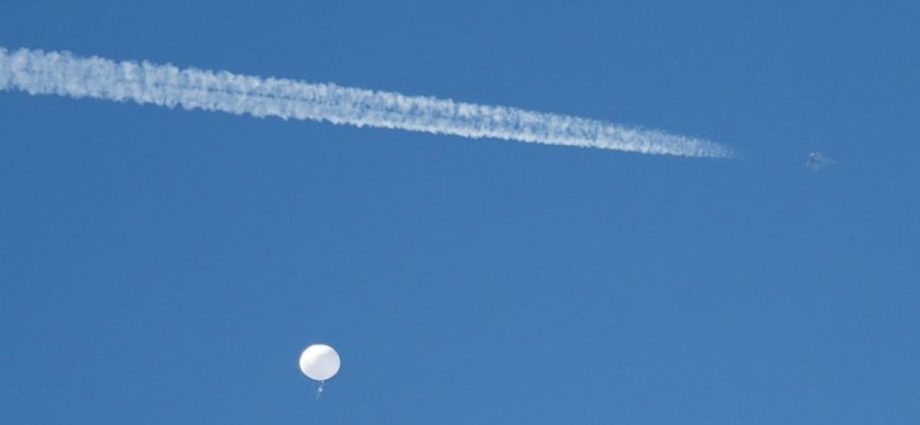
A minor domestic ruckus erupted as Republicans accused the Biden administration of being soft on China by not shooting the balloon down as early as possible. Congress voted 419-0 to condemn “the Chinese Communist Party’s use of a high-altitude surveillance balloon over United States territory as a brazen violation of United States sovereignty”.
Lastly, the US blacklisted a Chinese research institute and five aviation and defence companies, cutting them off from accessing American technology. The implication is the equipment recovered from the first balloon’s wreckage has revealed the blacklisted organisations were involved in building it.
As more comes to light each day, China’s spy balloon programme appears purposeful, well-planned, well-funded and ongoing. This was not a slapdash activity by some freelancing Chinese group but a highly organised military activity, at least partly conducted from Hainan Island on the edge of the South China Sea.
The programme is likely to continue with its main focus being electronic surveillance, in particular mapping the civil and military communication networks of other countries, presumably to aid monitoring and possible later intrusions. The Pentagon noted that over the past several years Chinese balloons have been spotted operating over Latin America, South America, Southeast Asia, East Asia and Europe.
Global wind patterns mean these operations are likely to be restricted to the northern hemisphere unless the balloons are launched off Chinese naval ships.
HUNTING BALLOONS
Detecting and shooting down such balloons requires a well-organised national air defence system that most countries do not have. Nevertheless, the sudden shooting down of three more objects immediately after the first suggests the US may have gleaned critical intelligence as it tracked the first balloon while it flew across America.

